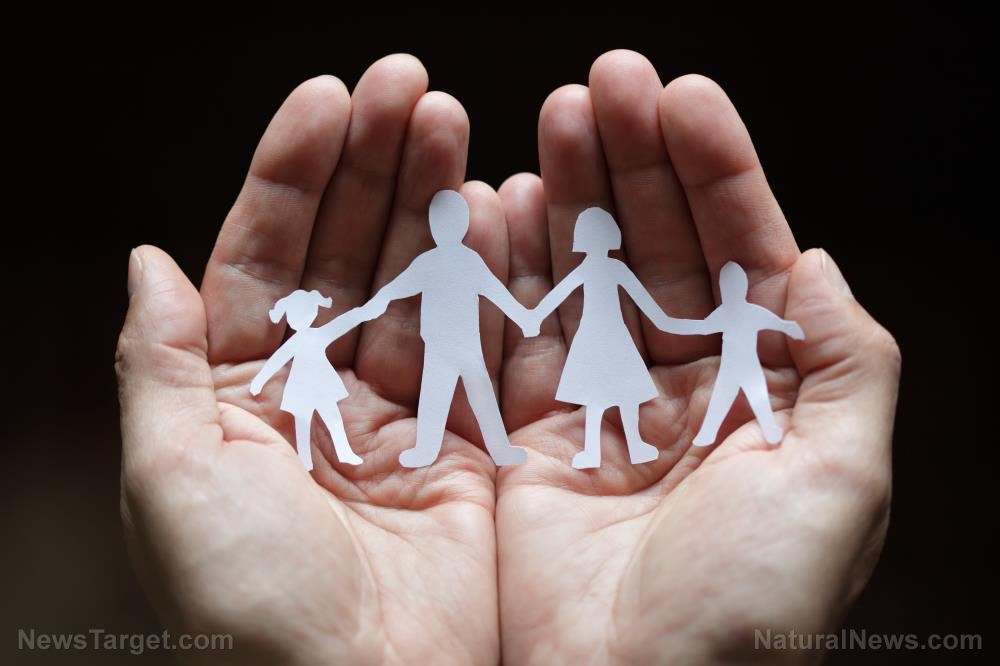 Parler
Parler Gab
Gab
- The rise in childlessness among American women in their twenties and thirties, highlighted by Census Bureau data, is causing concern about the future of Social Security and the labor force. Experts attribute this trend to high living costs and changing priorities.
- High expenses, including housing, childcare, healthcare and education, are making parenthood financially challenging. This economic burden is leading more young adults to prioritize economic security over starting families.
- Falling birth rates below replacement levels are straining Social Security and the labor market. Without intervention, this could necessitate cuts in benefits or tax increases.
- Rising retirement age and automation may partially offset labor shortages, but they fail to address critical workforce gaps in sectors like healthcare and skilled trades.
- Despite global declines in fertility rates, the U.S. lags in family benefits compared to other nations. Cultural shifts and economic pressures highlight the urgent need for policy interventions to address these challenges.
Social Security and workforce challenges
With birth rates falling below replacement level—the threshold needed to maintain population stability—economists warn of looming strains on Social Security and the labor market. Trajkovski noted: "This will have a big impact on Social Security in the next 20 to 30 years if we don't find a solution. It could mean cutting benefits or raising taxes." The Social Security Administration's current retirement age of 67 may rise further as fewer workers support an aging population. Meanwhile, automation and AI could offset some labor shortages but fail to address critical gaps in healthcare, skilled trades and public safety. Wafa Hakim Orman, a labor economist at the University of Alabama Huntsville, described the dilemma as a "double-edged sword": "Fewer people mean fewer mass job losses due to AI, but innovation often comes from younger generations. Too few young workers could slow economic growth." The U.S. is not alone in this demographic shift. Pew Research data shows global fertility rates declining, with Europe and North America at just 1.4 and 1.6 births per woman, respectively. Some nations, like Poland and Iceland, spend over three percent of GDP on family benefits—far more than the U.S.'s one percent. Orman observed that cultural attitudes toward parenthood have also evolved: "People used to see children as extra hands to help with work. Now, parents invest heavily in education and quality of life—and those costs have soared." As birth rates continue to fall, policymakers face urgent questions about sustaining Social Security, incentivizing family growth and adapting to an aging workforce. Without intervention, economists warn, the U.S. could face economic stagnation and generational imbalances unseen since the Industrial Revolution. The choices made today will determine whether America's future is one of resilience—or demographic decline. Watch the video below that talks about the possibility of a "baby bonus" to boost birth rates. This video is from the TrendingNews channel on Brighteon.com.Sources include:
YourNews.com Census.gov TheEpochTimes.com PewResearch.org Brighteon.ai Brighteon.comLithium-ion batteries in phones, e-bikes and power banks spark fire crisis
By Cassie B. // Share
Learn how to grow, harvest, and transform herbs into medicine
By Lance D Johnson // Share
India resumes diplomatic ties with Afghanistan, reopens embassy in Kabul
By Ramon Tomey // Share
Governments continue to obscure COVID-19 vaccine data amid rising concerns over excess deaths
By patricklewis // Share
Tech giant Microsoft backs EXTINCTION with its support of carbon capture programs
By ramontomeydw // Share
Germany to resume arms exports to Israel despite repeated ceasefire violations
By isabelle // Share










